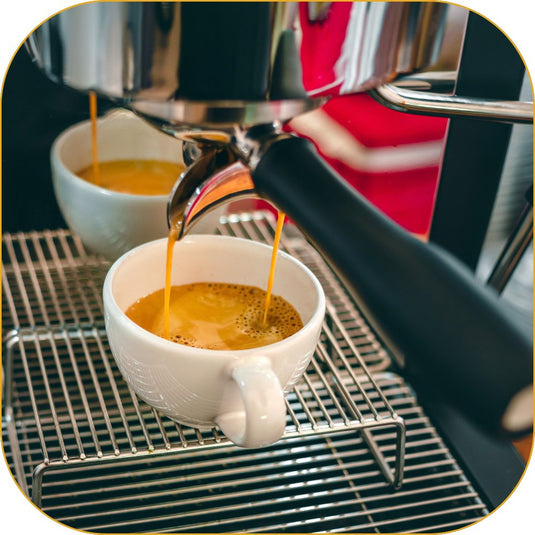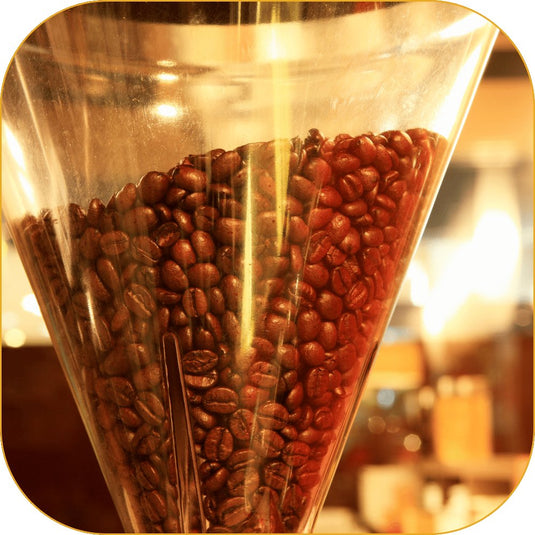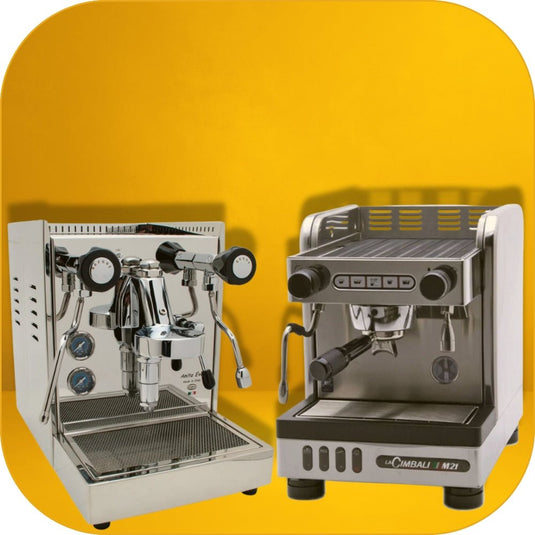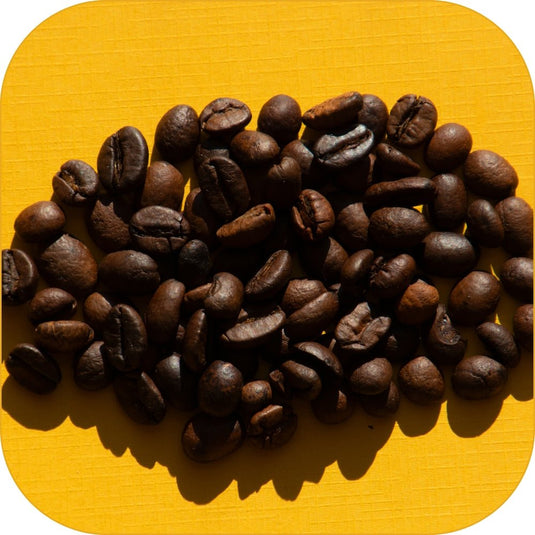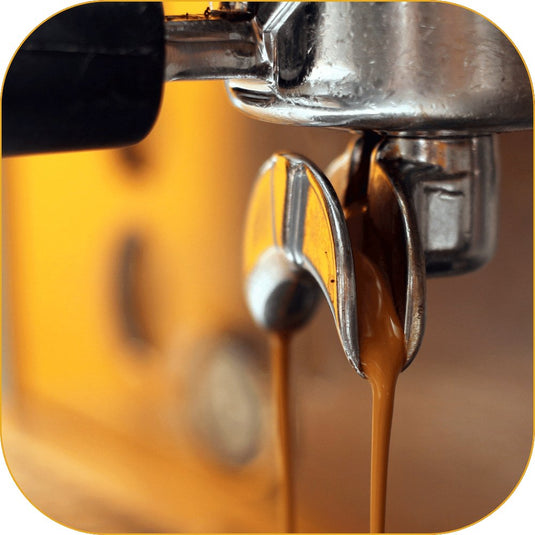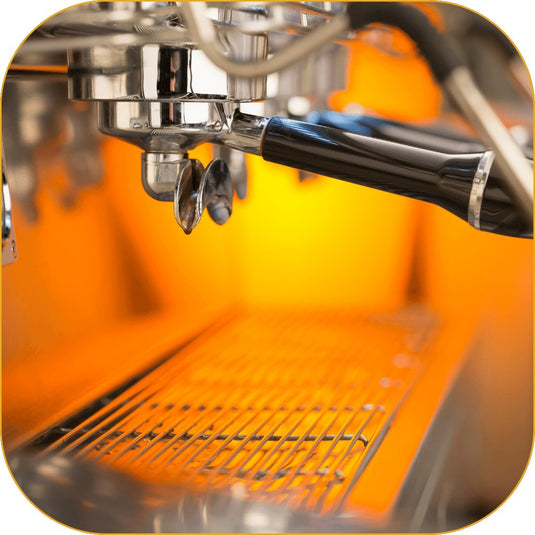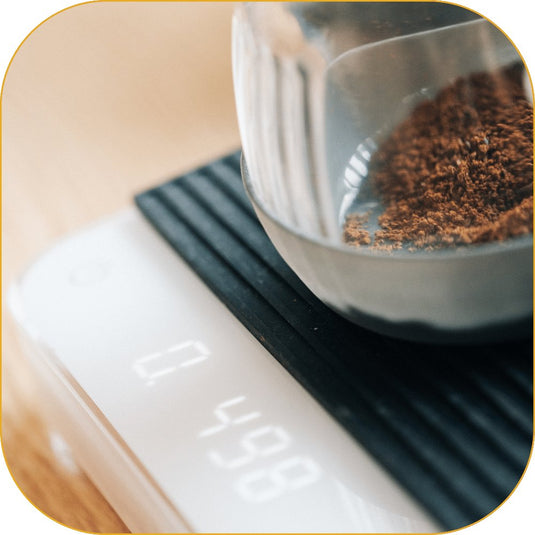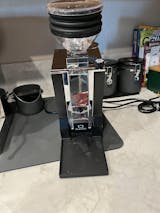What is Channeling?

In the world of coffee, nothing is as important as espresso. Espresso is an art of arts, and people are always perfecting it, writing about it, adding more depth to it. There are many topics of discussion regarding making better espresso, one of the most prominent ones is channeling.
But what exactly is channeling? Channeling is when water doesn’t flow evenly through the coffee bed. It is, essentially, a barista’s worst nightmare. Water not flowing evenly means that your coffee won’t extract properly.
In short, channeling is a problem that arises during brewing and that can have a myriad of different effects. Watery coffee, acidic coffee, even overly bitter coffee. The list goes on and on. If you’ve ever taken a sip of your espresso only to think “what happened here?”, the answer is probably channeling.
Channeling: Why it happens, and how to solve it
Let’s take a closer look at channeling. We’ll do that by diving into how an espresso is brewed and the importance of water flow.
When you think about how an espresso is prepared, you will start to notice that espresso is all about enhancing water flow through the grounds. The best the water can flow through them, the better the espresso.
It all starts with the grind size. Espresso has the smaller grind size of all coffees (save for Turkish coffee, but that’s on a whole other dimension), mainly to allow for better water flow. Then there is tamping, which is all about creating an even coffee bed. Even bed equals even water flow. Simple.
Then the espresso machine itself, aside from creating pressure, it also distributes water evenly throughout the puck via a sort of showerhead. It’s not like with other percolation brewing methods, where you can just pour water over the coffee, think Hario V60 or Chemex.
So, why does channeling happen?
It all comes back to these three factors: Grind size, tamping, and water flow within the actual espresso machine.
Grind size
Grind size is actually a very capricious thing. One single micron of difference can affect water flow and this can actually go both ways. On one hand, it can clog up the puck and create channeling, but it can also do the exact opposite and let too much water through. That would mean that the coffee isn’t extracted properly.
It’s all about balance, then. While there are many guidelines out there and each grinder comes with its own guides as to which settings are best for what, if you’re experiencing channeling, then it’s time to change it up.
After all, maybe the problem is not with the grind size itself, but with the actual coffee or your espresso machine. The key is to take note of this and start experimenting with different sizes until you find one that works best for you.

Tamping
The second thing you can do to avoid channeling is start working on you tamping. Tamping is one of those things that you can’t really tell whether or not you’re doing it correctly, you don’t really see it. A puck is a puck, right?
What you can do is taste it. Too much tamping will create channeling, and you’ll taste all sorts of off flavors in your coffee.
While having the right equipment is certainly key, Youtube is full of great tamping tutorials. Visualizing how experts tamp and what their technique is really the only way to get good at tamping.

Grouphead
If you suspect that there might be a problem with your grouphead, then best get a new one. You can’t go wrong with an E61 grouphead, which is designed to prevent any and all sorts of trouble during brewing that might lead to channeling.
This grouphead, for example, allows for pre-infusion of the grounds (or blooming). Blooming is a great way to get all your grounds wet and when they do so, they expand. This helps the coffee bed become more even, and helps water flow more freely through it.
The final step: Visualizing
Even though we said you can taste when channeling happens, the fact is that you’ve got to be very experienced for this to actually happen. The best thing is to actually be able to visualize the channeling as it happens.
This can be done with a bottomless portafilter. Bottomless portafilters allow you to visualize how your espresso comes out. If you see any sort of spurting, slow dripping, or you see spots where the coffee isn’t coming out, then you know you’ve got some channeling issues to take care of.
And really, that’s it. You can attempt all sorts of solutions but the best way to go about channeling is to get a bottomless portafilter and see what exactly the problem is. The best thing is that bottomless portafilters are inexpensive, easy to use, and quite satisfying when you’ve got the hang of it.


